Free Toll Call on
8007777
Booking Contact Number
+971 04247 7777
Personal Contact Number
+971 54 384 4156
drsyedarshadhusain@gmail.com
Oooops !
You landed on Wrong Page
Click on Home to visit us or Fill In The Enquiry Form and our team will get back to you

